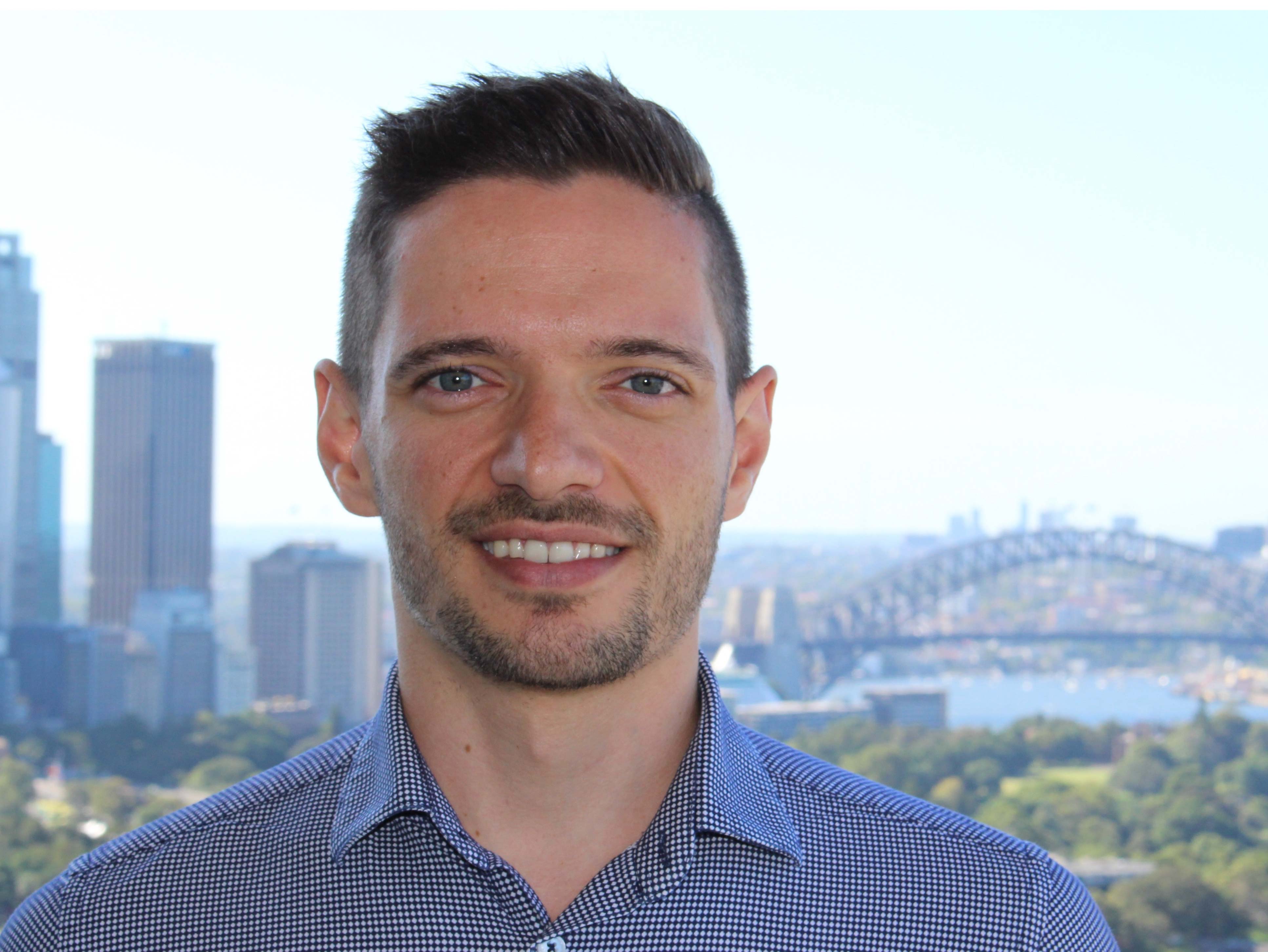
Biography
My Grants
-
ARC DECRA (2019-2022):
Superconducting hybrid quantum technologies. -
This project aims to extend the density and coherence of qubits stored in superconducting-based quantum processors, by exploring the concept of hybrid quantum systems. Quantum computers are expected to impact a diverse range of sectors, from medicine to national security. This project seeks to develop an enabling technology, a memory, for scaling a quantum computer constructed from superconducting circuits, such as those being developed in commercial laboratories. Such scaling would improve the capacity of these processors to tackle complex problems. The quantum technology developed in this project will have immediate application in transforming a widely-used technique for studying the nanoscale structure of biomolecules - distance measurements in electron spin resonance spectroscopy.
-
ARC Discovery Project (2021-2024):
Quantum sensing from the bottom up with engineered semiconductor devices. -
This project aims to develop electronic devices that work as sensors of electromagnetic fields, wherein genuine quantum effects are used to reach unprecedented gains in sensitivity. It combines the significance of unveiling the fundamental limits of quantum-enhanced metrology, with the convenience of doing so in potentially manufacturable semiconductor devices. The expected outcome is a novel, bottom-up understanding of how best to utilize exotic quantum states of matter and fields for metrological advantage. These results will inform the design of the next-generation of extreme quantum sensors, with potential impact ranging from fundamental physics research to applications in mining or defense.
-
ARC Future Fellowship (2024-2028):
Performing cold microwave measurements with warm diamonds.Detecting weak microwave signals at room temperature is an exceptionally difficult task, due to the excessive thermal microwave noise that exists all around us. At present, the best microwave receivers must be cooled to cryogenic temperatures, restricting their widespread use. This project aims to apply diamond-based quantum technologies to achieve unprecedented microwave signal detection sensitivities with a room-temperature setup, providing more accessible ultra-low noise detectors. The ability to measure weak microwave signals is crucial for a range of sectors and the results of this project are expected to have applications in defence (radar), space exploration (satellite communication), and fundamental research (spectroscopy).
My Qualifications
- BEng (Hons Class 1 and University Medal), Photonic Engineering, The University of New South Wales, 2009
- PhD, Electrical Engineering, The University of New South Wales, 2013
My Research Activities
- Spin-based quantum computing
- Superconducting quantum circuits
- Quantum-limited microwave amplifiers
- Hybrid spin-cavity quantum systems
- Magnetic resonance studies of single spins and spin ensembles in the solid-state
- Quantum-limited electron spin resonance spectroscopy
- Quantum converters and transducers
My Teaching
- ELEC4605 Quantum devices and Computers.